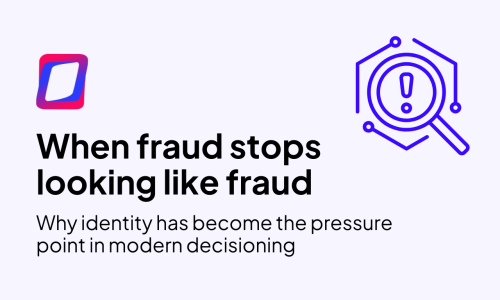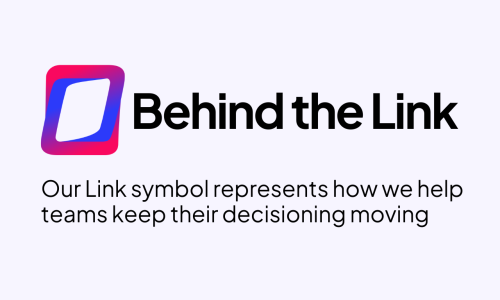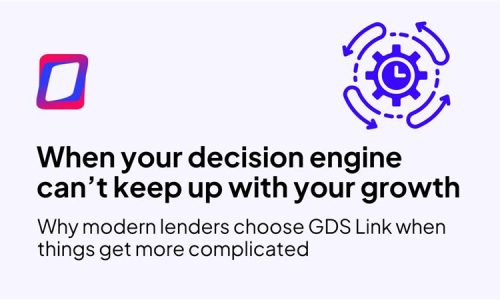Lending Link LIVE: CEO of FairPlay Discusses the Future of Compliance in Model Risk Management.
Broadcasting live from Fintech Meetup in Las Vegas, Nevada, we are excited to showcase another exciting episode of the Lending Link Podcast. This time, we’re syncing up with Kareem Saleh, CEO of Fairplay, who shares Fairplay’s innovative approach that allows companies to evaluate the fairness of their predictive models and make informed decisions to promote inclusivity and equity. Learn how Fairplay’s platform empowers financial institutions to increase approval rates, enhance fairness to protected groups, and drive profitability, and how they strive to meet the growing expectations from consumers and regulators alike.
Kareem discusses the broader implications of fairness across the entire credit lifecycle, emphasizing the need for fairness in marketing, fraud detection, income verification, and more. Moreover, Kareem provides a glimpse into the future of Fairplay, previewing upcoming enhancements such as a compliance copilot to assist chief compliance officers in navigating the complexities of AI, big data, and bias in consumer credit.
Whether you’re a financial professional, a tech enthusiast, or simply curious about the evolving landscape of fairness in finance, this episode is a must-listen. Join us as we explore the fascinating world of Fairplay and uncover the possibilities of a fairer, more inclusive financial future. Tune in now and be inspired by the vision of fairness in financial services.
Jump into the latest episode and explore the future of finance and upcoming trends in fintech with Fairplay’s Kareem Saleh.
Watch The Episode Replay on YouTube
Or Listen on Spotify
About Fairplay
Founded in 2020 in response to calls for greater action against systemic bias, FairPlay™ is the world’s first Fairness-as-a-Service™ company offering products that use advanced AI fairness techniques to reduce algorithmic bias for people of color, women, and other historically disadvantaged groups. Each day, decisions like whether we get a loan, a job interview, or even a kidney transplant are being made by algorithms. And many of these algorithms are perpetuating or even worsening the discrimination of the past. FairPlay’s mission is to build Fairness Infrastructure for the Internet, so that any company using an algorithm to make high-stakes decisions about people’s lives can ensure that those decisions are made fairly.
About GDS Link:
GDS Link is a global leader in credit risk management, providing tailored software solutions, analytical and consulting services. Our customer-centric risk management and process automation platforms are designed for the modern lender in their pursuit to capitalize on the entire credit lifecycle.
By providing a personal, consultative approach and leveraging our own industry-leading knowledge and expertise, GDS Link’s solutions and services deliver exceptional value and proven results to thousands of clients around the world.
About The Lending Link Podcast:
The Lending Link Powered by GDS Link is a podcast hosted by Rich Alterman and designed for the modern-day lender. Each episode deeply delves into innovation within the financial services industry and transformation efforts, including AI / ML integration, Modeling, Risk Management Tactics, and redefining Customer Experiences.
GDS Link launched The Lending Link to explore unique strategies for the modern-day lender, dive into the innovative advancements GDS Link and our partners are currently developing and delivering, and gain insights from captivating guests within the FinTech, banking, and credit union worlds.
We have a wide range of guests from various lending institutions and diverse organizations who talk about strategies, technology, and everything in between.
Check Out Our LinkTree to listen to podcast episodes on your preferred platform.
Recent articles

When Fraud Stops Looking Like Fraud
Read article
Behind the Link
Read article





